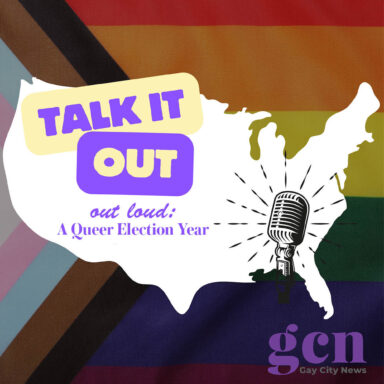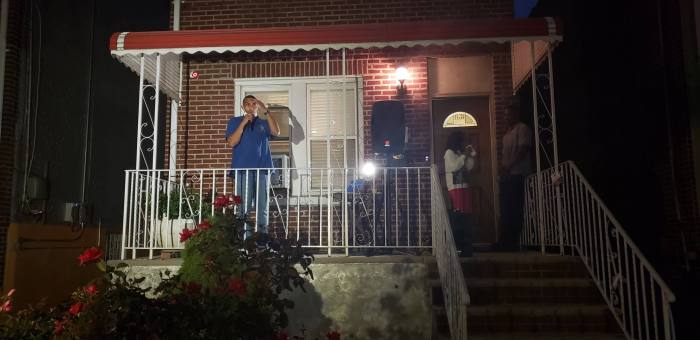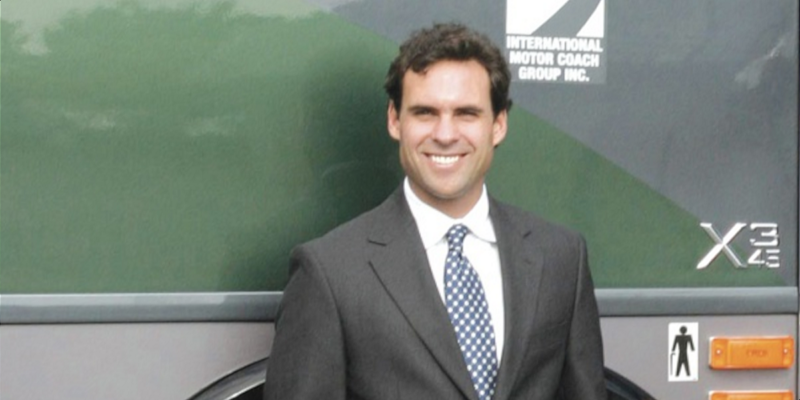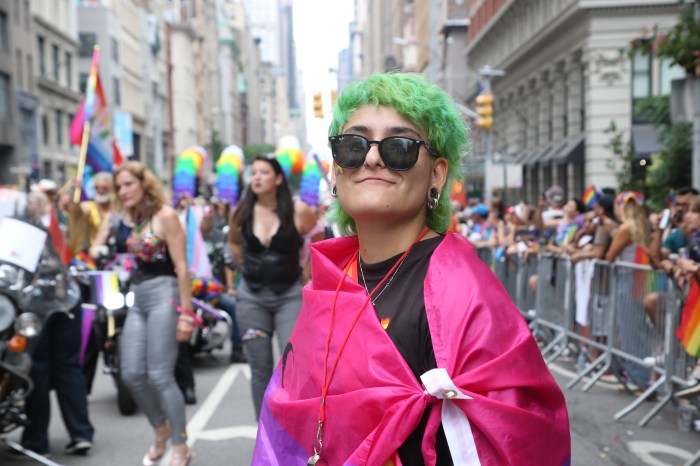New York state’s intention to weed out political gerrymandering and vote dilution in its decennial redistricting mapmaking process, was supposed to be through an independent bipartisan state commission. Because of a 2014 amendment in the state’s constitution, the 10-person New York Independent Redistricting Commission (NYIRC) is tasked with handling federal and state district lines in an effort to depoliticize the redistricting process that takes place every 10 years after the census.
However, when the NYIRC failed to reach consensus on future maps for the next decade and instead released competing maps in September — a congressional map designed by Democrat- and Republican-leaning members of the board — it left many Bronxites and elected officials with a familiar distaste for a process that has been criticized for political erasure of minorities and creating mismatched congressional constituencies throughout the Five Borough area.
“After a thorough review of the New York State Independent Redistricting Commission proposed state Senate district maps, I have become increasingly concerned that these proposals would effectively split neighborhoods that are cohesive communities,” said Progressive state Sen. Gustavo Rivera, who represents District 33 which covers the central and South Bronx, and also overlaps with the 13th, 14th and 15th congressional districts. “This will not only lessen the electoral power of Bronx residents, but it could make advocating for some of the hardest-hit and most underserved areas in my borough even more challenging,”
In the Bronx, areas like Bedford Park and Riverdale are represented by, at most, three sitting state senators, causing an influx of confusion on who to contact for residential issues. Other areas like Claremont and Crotona Park are split between just two representatives.
In some districts, such as state Sen. Alessandra Biaggi’s 34th District, Bronx constituents are intermixed with Westchester constituents, creating an issue that redistricting analysts say can cause issues for elected officials trying to assess quality-of-life issues in vastly different zip codes.
“When you have districts that yoked together very far distant areas, which we have a lot of in New York City, it causes issues,” said Karen Young, a redistricting expert with #DrawDemocracy. “The issues in Westchester, especially certain parts of Westchester, are very different from the Bronx.”
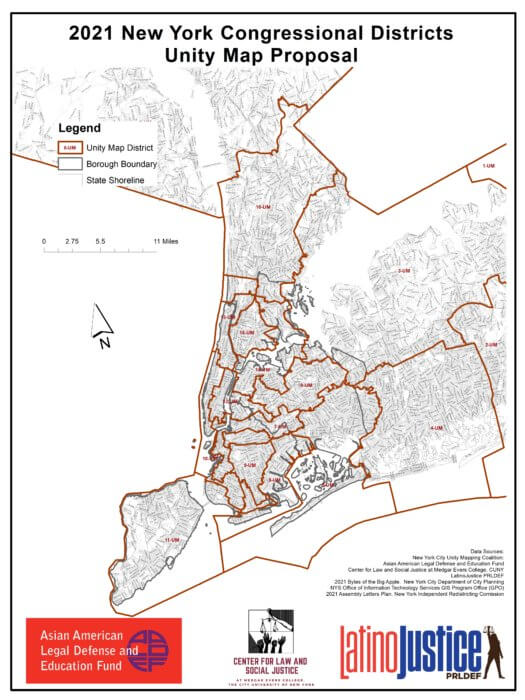
And at a hearing at BronxWorks in the Grand Concourse section last month, some residents took issue with the proposed maps including a plan to group residents from 138 Street all the way up to 197 Street, while small portions of the western border of the neighborhood would be served by District 30 state Sen. Cordell Clare, who currently represents primarily Northern Manhattan.
There’s also concerns that proposed maps would split long-standing Black communities along Webster Avenue, by separating Crotona Park from the residents along Webster Avenue, who live adjacent to the park. An issue, Rivera said, that would be doubly complicated by having two different state senators serve the local needs of one community.
One of the proposed maps draws a line that removes Co-op City — one of the Bronx’s most active voting blocs — out of District 12, in lieu of combining it with upper Manhattan neighborhoods.
Despite an earnest rebranding of the redistricting process and a desire to depoliticize it, the state’s redistricting process remains under heavy scrutiny.
“It’s a mess,” said Barry Young, a resident of Morrisania. “There’s no congruency, fairness or intelligent design in this process, ‘independent’ body or not. It’s about drawing up power plays and shrinking the power of people who don’t play ball.”
While NYIRC stated at the hearing last month that they are “blind to politics,” many are still dubious on how the commission plans to address mapping changes that displace residents like Laurel Green. Prior to the 2010 redistricting process, Green was voting in the 33rd Senatorial District, but said she was displaced into the 36th District — which is represented by state Sen. Jamaal Bailey — through gerrymandered lines.
“I was (living) in the New York State Senate District 33rd, and due to gerrymandering I now vote in the 36th Senate District,” said Green. “For some people, this is fine, but this is another example of dividing up the Bronx.”
While some Bronxites are fighting for their place on the new maps, some groups are fighting for more political representation, especially with the consequential 2022 midterms approaching. According to 2020 census data, New York’s Hispanic population not only grew — the group makes up 28.3% of the city’s population — but became the predominate racial group in the Bronx at a 54.8% clip.
Any new map, proposed or approved, must accurately reflect changes in the most-recent census, said Cesar Z. Ruiz, a member of the Latino Justice Project, a nonprofit civil rights advocacy group.
“The spirit of (this process) is really protecting voting power of not just Latino groups, but Black groups and Asian American groups across the board,” said Ruiz. “The redistricting process has historically been a problem, given past iterations of very partisan and gerrymandered (redistricting lines) in a way that really discounts the voice of minority communities.”
Latino Justice unveiled its own set of maps, for congressional and state Assembly districts, late last month and said their maps can address underrepresentation among Asian Americans — who account for 7% of the U.S. population but only represent 3% of congressional members — and other groups such as Black communities, which has historically been disenfranchised by the process.
“The NYIRC’s congressional proposals divide communities of color and work to diminish the ability of communities of color to elect candidates of their choice. In contrast, the [Latino Justice Project] proposed congressional districts maintain and strengthen the voting power of New York City’s Black, Latino and Asian communities,” the group said in a statement.
Map proposals need to be approved by the state Legislature, which can draw its own lines if it rejects two rounds of proposals. Redistricting for City Council seats is governed by a different local process. The Legislature will review the maps during the start of the legislative session in January to either approve or reject them. The maps must be in place by March next year so candidates can begin collecting signatures to get on the ballot for the June 2022 primaries.
Reach Robbie Sequeira at rsequeira@schnepsmedia.com or (718) 260-4599. For more coverage, follow us on Twitter, Facebook and Instagram @bronxtimes.


